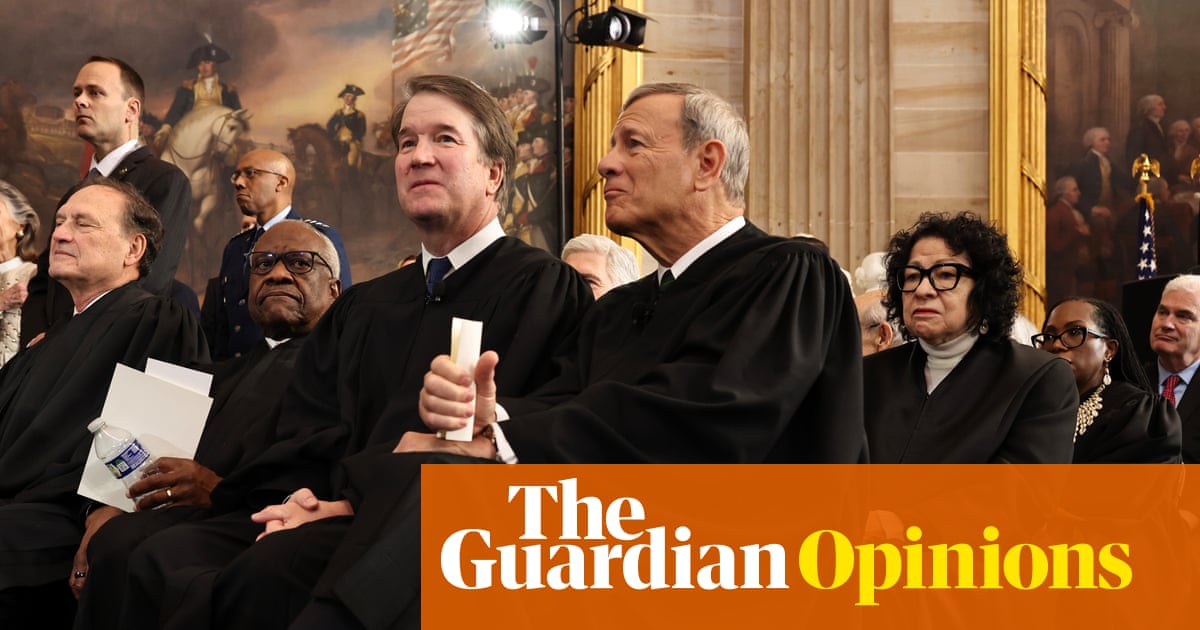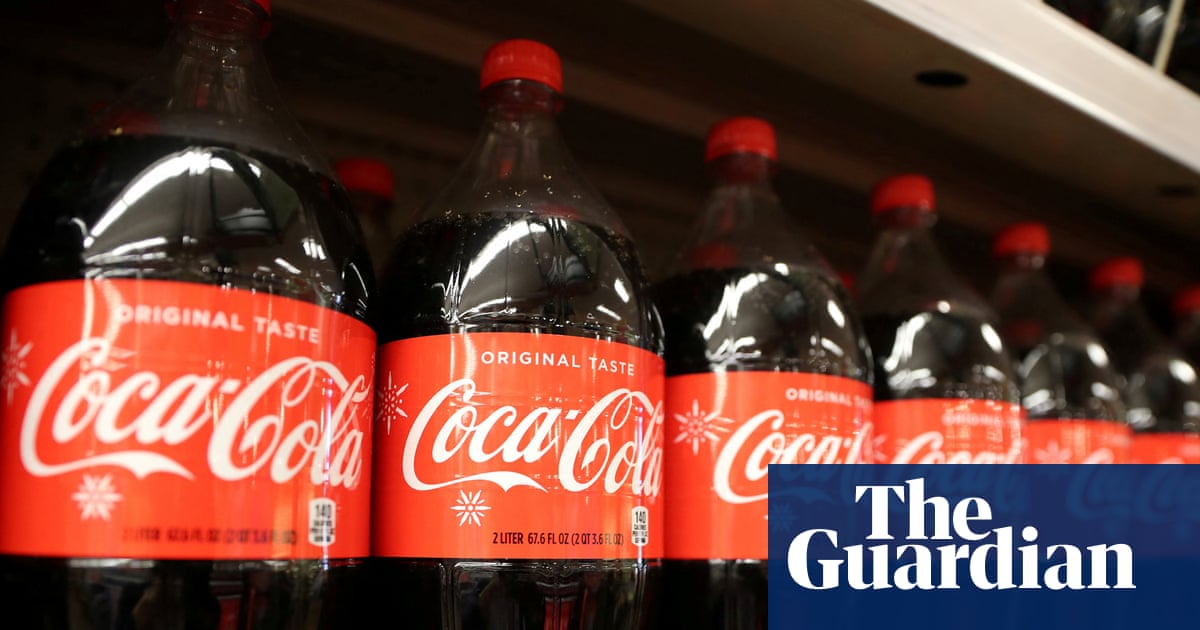To win in 2028, Democrats need to win back a lot of working-class voters, including a lot of blue-collar Donald Trump voters. Doing so requires dispensing with some long-held myths that have captured the minds of Democratic party strategists. The first is that persuading working-class Trump supporters is a waste of time. They are – so the story goes – so totally absorbed in Magaland that there is no winning them back. Why bother? On the flip side, some liberals insist that some of these voters are winnable, if only Democrats can make themselves more like Trump by embracing tax cuts and tough talk. A third notion, favored by progressives, says that if liberals just crank the progressive economic message up to eleven, blue-collar voters will come running home.
The truth is, none of these strategies are particularly useful. Because none of them take working-class interests, values and attitudes seriously enough. Fortunately, new research from the Center for Working-Class Politics (CWCP) can help shed light on what working-class voters actually want. And it can offer the Democrats a path out of the wilderness.
In a report published by Jacobin magazine, we analyzed working-class responses to 128 survey questions from academic surveys stretching back to 1960. We looked at class attitudes toward major topics like immigration, LGBTQ+ rights, civil rights, social norms and economic policies. The result is the most sophisticated, comprehensive, and up-to-date portrait of American working-class social and economic attitudes available. And it provides the best evidence yet for the potential of a certain kind of populist politics.
Our work shows that working-class voters are, and have always been, decidedly less progressive than their middle- and upper-class counterparts when it comes to social and cultural issues. But the story is more complicated than it seems. It’s not the case, for instance, that blue-collar workers are becoming more socially conservative. Instead of a rising tide of reaction, we show that working-class attitudes have actually drifted slowly toward more socially and culturally liberal positions over decades. At the same time, however, middle- and upper-class Americans have raced toward uber-liberalism, especially in recent years, opening up a yawning class gap on social attitudes. A first step to winning back workers is closing that gap.
On the economic front, the situation is different. Most working-class voters are what we call “economic egalitarians” – they favor government interventions to level the playing field, they take inequality seriously, and they support programs that increase the economic and social power of working people. Large majorities favor raising the minimum wage, import limits to protect jobs, increasing spending on social security and Medicare, using federal power to bring down the cost of prescription drugs, expanding federal funding for public schools, making it easier to join a union, increasing infrastructure spending, implementing a millionaires’ tax, and even the notion of a job guarantee. Luckily for Democrats, middle- and upper-class voters have drifted to the left on many of these economic issues, embracing a more social democratic outlook. That bodes well for developing an economic platform that can appeal to the broadest electoral coalition. Yet there is an important caveat here. While working-class voters are strongly in support of a range of progressive measures, they are wary of big new government programs, skeptical of new regulations, and broadly suspicious of welfare spending. Their economic progressivism is jobs-centered and pro-worker, not built around cash transfers and expansive social services.
So working-class voters are more socially moderate than the middle- and upper-class voters that make up the Democratic party’s core support. Yet they are also broadly economic egalitarians – on some questions even more so than their well-educated and well-heeled counterparts. They agree with a populist economic agenda but not an excessively liberal cultural one. The path to winning them back, and stitching together a majority, then, is clear: adopt social populism. Embrace working-class social and cultural attitudes and a worker-focused economic program that promises to raise the minimum wage, protect industrial jobs from free trade, increase infrastructure spending, expand social security, strengthen Medicare and guarantee full employment.
And what about blue-collar Trump voters? After analyzing the broad working class we tried to find just how many Trump-voting workers might be won over by that kind of program. In fact, a lot of them hold progressive views across a range of economic issues. We found that “over 20% of working-class Trump voters were in favor of an economic policy package that included increasing federal funding for public schools, increasing federal funding for social security, and increasing the minimum wage.” Of course, many of these same voters have such conservative views on social issues that they would never vote for a Democrat. But are there any working-class populists in the Trump coalition who hold socially moderate attitudes? There are.
11% of them, to be exact.
We found that about 11% of Trump voters maintained socially moderate and economically egalitarian views.
Now, that may not sound like a lot, but it’s a significant slice of the electorate, comprising about 5% of the total. No Democrat could win all of those voters. But given that these are working-class voters, many of whom are concentrated in swing states, each single vote has tremendous electoral value. In fact, even winning half of these voters – a little more than 2% of the electorate – would be significant enough to sway a national election in our age of razor thin vote margins. Moreover, it could set the Democrats on the path to a more durable majority in the future.
Given all this we can put to bed the various myths about working-class voters – that they are bigots, hardened reactionaries, hopelessly unwinnable, etc – and instead embrace a strategy that can win. With the right kind of candidate (preferably a working-class one) and the right kind of political message, Democrats can win back a working-class majority.
The evidence is clear: it’s social populism or bust.
-
Dustin Guastella is director of operations for Teamsters Local 623 in Philadelphia, Pennsylvania, and a research associate at the Center for Working-Class Politics

 German (DE)
German (DE)  English (US)
English (US)  Spanish (ES)
Spanish (ES)  French (FR)
French (FR)  Hindi (IN)
Hindi (IN)  Italian (IT)
Italian (IT)  Russian (RU)
Russian (RU)  6 hours ago
6 hours ago
























Comments